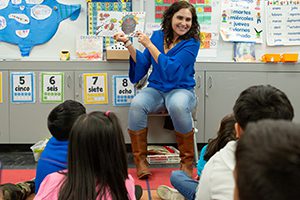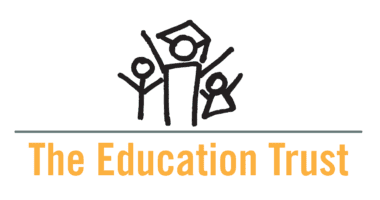Why Common Core Math Standards Aren’t As Fuzzy As Some Say
Some of the criticism of Common Core State Standards has focused on what some call “fuzzy math.” That is, Common Core standards clearly state that students should have a conceptual understanding of mathematics and encourage teachers to help students explore different ways to solve problems. That’s the fuzzy math part, because it can lead to all kinds of non-traditional methods.
But the standards also very clearly state that students should learn their math facts to the point of “automaticity” (meaning that they have them memorized) and that they should learn what is in math language called the “standard algorithms,” meaning the way most adults learned how to do multiplication and long division.
What this means is that Common Core State Standards are a bit of a traditional correction for mathematics programs that did not require students to learn their math facts and the standard algorithm.
There is really good cognitive science around this, as I wrote about last week. That is, students need to have a solid factual core of knowledge so that they don’t use up their working memory on the basics, using it instead on the larger problem to be solved.
I loved seeing this issue in action a little while ago when I visited Chadwick Elementary, which I write about in Huffington Post this week. The school was one of thousands of schools that participated in PARCC, which is one of the new assessments that are designed to see if students are mastering the Common Core State Standards.
Teachers at Chadwick noticed that their students were using all kinds of different strategies to solve simple math calculations, robbing time from being able to solve the multi-step problems that PARCC asks students to solve.
Chadwick’s teachers have resolved to make sure that students aren’t thrown by multi-step problems, so they are developing interesting, engaging lessons around that. But they also realized that their students need to memorize math facts. So they are going back to the basics and giving quick math quizzes on math facts to help the students retrieve their math facts easily and automatically.
But of course that’s just a means to an end. One math lesson I saw had the students working to develop arguments for cities bidding for the Olympics, using data like average temperatures, number of hotel rooms, and proposed budgets. After a debate, one class chose Barcelona — but what was nice was that the lesson combined math, reading, geography, persuasive writing, and public speaking.
Not exactly drill-and-kill instruction.
Photo credit: Molly Roberts





